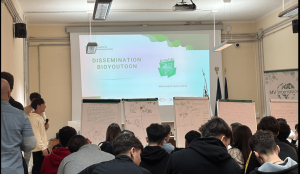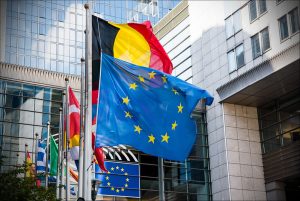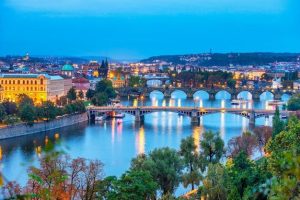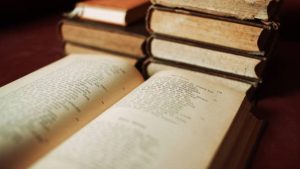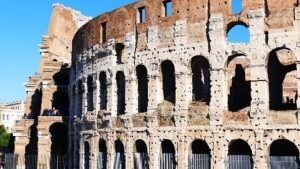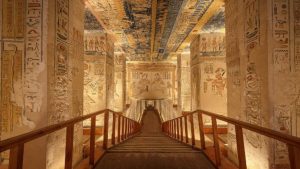When Homes Become Targets: Europe Reckons with the Human Toll of Russia’s Strikes on Kyiv
The image of rescue workers clawing through smouldering debris in Kyiv is one that Europe cannot ignore. At least 23 lives — including four children — were extinguished in Russia’s deadliest assault on the Ukrainian capital since July. The missiles didn’t just topple a residential block in the Darnytskyi district; they also scarred the heart of Europe’s presence in Ukraine, damaging the EU’s diplomatic mission and the British Council.


